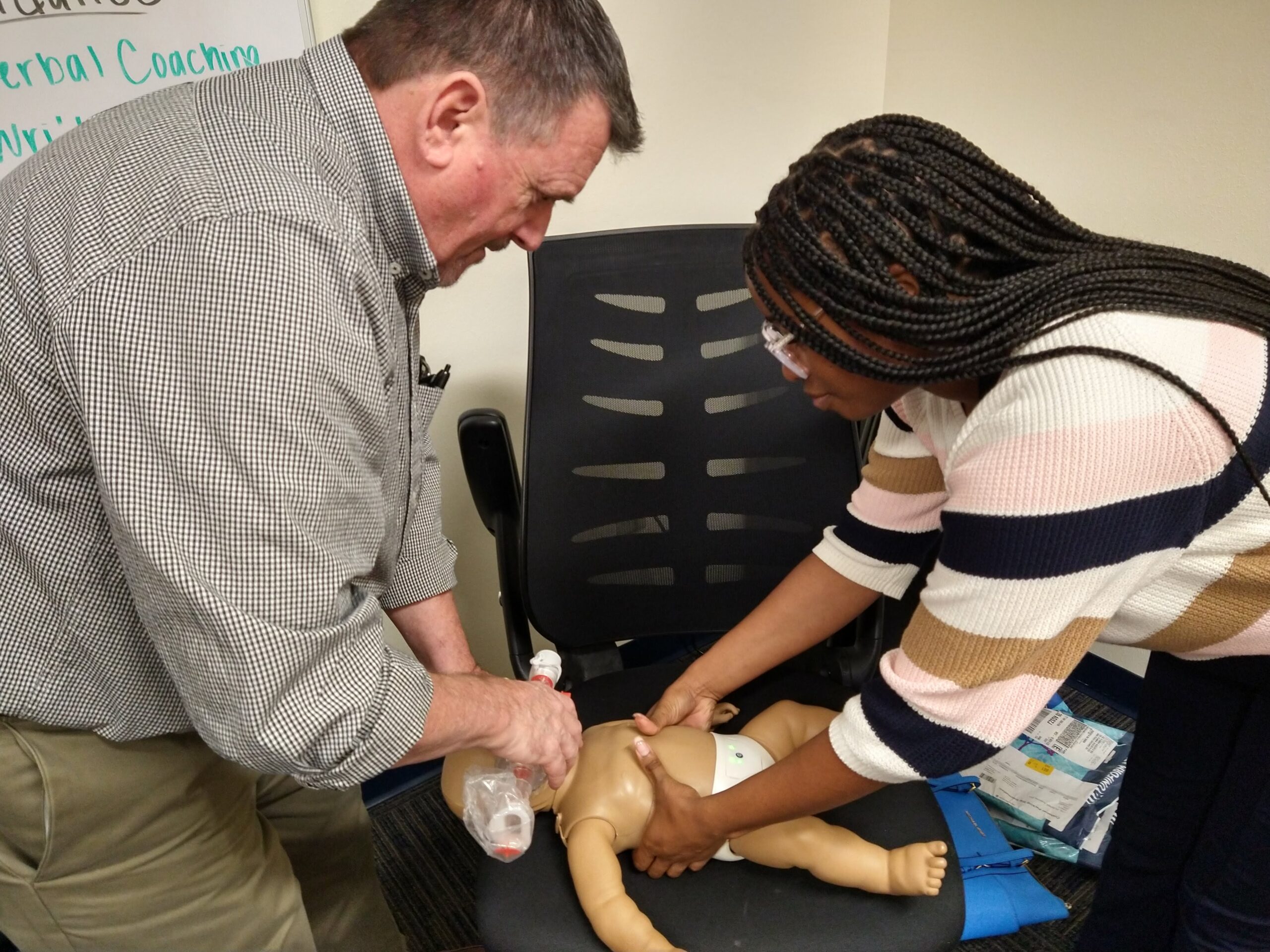Out-of-hospital cardiac arrest is a global public health issue experienced by ≈3.8 million people annually. Only 8% to 12% survive to hospital discharge. Early defibrillation of shockable rhythms is associated with improved survival, but ensuring timely access to defibrillators has been a significant challenge. To date, the development of public-access defibrillation programs, involving the deployment of automated external defibrillators into the public space, has been the main strategy to address this challenge. Public-access defibrillator programs have been associated with improved outcomes for out-of-hospital cardiac arrest; however, the devices are used in <3% of episodes of out-of-hospital cardiac arrest. This scientific statement was commissioned by the International Liaison Committee on Resuscitation with 3 objectives: (1) identify known barriers to public-access defibrillator use and early defibrillation, (2) discuss established and novel strategies to address those barriers, and (3) identify high-priority knowledge gaps for future research to address. The writing group undertook systematic searches of the literature to inform this statement. Innovative strategies were identified that relate to enhanced public outreach, behavior change approaches, optimization of static public-access defibrillator deployment and housing, evolved automated external defibrillator technology and functionality, improved integration of public-access defibrillation with existing emergency dispatch protocols, and exploration of novel automated external defibrillator delivery vectors. We provide evidence- and consensus-based policy suggestions to enhance public-access defibrillation and guidance for future research in this area.
Supplemental materials are available with this article at https://www.ahajournals.org/doi/suppl/10.1161/CIR.0000000000001013. These materials are reproduced with the permission of the International Liaison Committee on Resuscitation.
The American Heart Association makes every effort to avoid any actual or potential conflicts of interest that may arise as a result of an outside relationship or a personal, professional, or business interest of a member of the writing panel. Specifically, all members of the writing group are required to complete and submit a Disclosure Questionnaire showing all such relationships that might be perceived as real or potential conflicts of interest.
This document was approved by the American Heart Association Science Advisory and Coordinating Committee on March 17, 2021, and the American Heart Association Executive Committee on April 22, 2021.
The American Heart Association requests that this document be cited as follows: Brooks SC, Clegg GR, Bray J, Deakin CD, Perkins GD, Ringh M, Smith CM, Link MS, Merchant RM, Pezo-Morales J, Parr M, Morrison LJ, Wang T-L, Koster RW, Ong MEH; on behalf of the International Liaison Committee on Resuscitation. Optimizing outcomes after out-of-hospital cardiac arrest with innovative approaches to public-access defibrillation: a scientific statement from the International Liaison Committee on Resuscitation. Circulation. 2022;145:e•••–e•••. doi: 10.1161/CIR.0000000000001013
This document has been copublished in Resuscitation.
Copies: This document is available on the websites of the American Heart Association (https://professional.heart.org) and the European Resuscitation Council. A copy of the document is available at https://professional.heart.org/statements by using either “Search for Guidelines & Statements” or the “Browse by Topic” area. To purchase additional reprints, call 215-356-2721 or email Meredith.
The expert peer review of AHA-commissioned documents (eg, scientific statements, clinical practice guidelines, systematic reviews) is conducted by the AHA Office of Science Operations. For more on AHA statements and guidelines development, visit https://professional.heart.org/statements. Select the “Guidelines & Statements” drop-down menu, then click “Publication Development.”
Permissions: Multiple copies, modification, alteration, enhancement, and/or distribution of this document are not permitted without the express permission of the American Heart Association. Instructions for obtaining permission are located at https://www.heart.org/permissions. A link to the “Copyright Permissions Request Form” appears in the second paragraph (https://www.heart.org/en/about-us/statements-and-policies/copyright-request-form).




